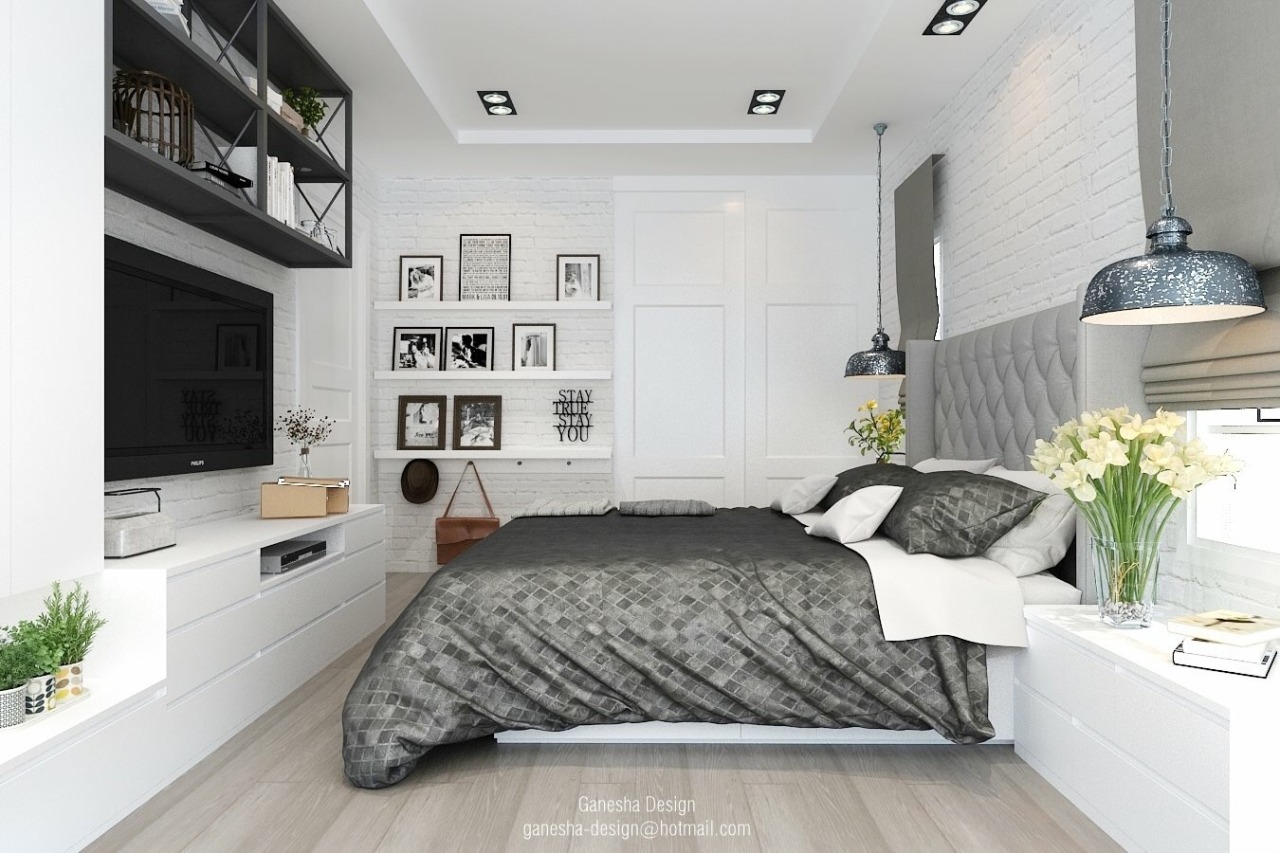Decorating small spaces requires the same level of attention as decorating larger spaces, and choosing the best wood flooring requires some consideration. While basic rules of small space design apply to floors, you should also think about how the wood species, color, and width of your hardwood flooring selection fit into small space principles.
Assess the Lighting
Small spaces tend to be darker than more open areas, but this may not be true in your home. Appraise the amount of natural lighting in the room and consider the existing light fixtures. Make a note of any dark corners. Is the entrance to the room bright and open? All of these factors affect the choice of wood flooring.
Lighter-colored hardwood flooring works best in most small spaces. However, darker stained flooring can look fabulous in rooms with an adequate amount of natural lighting.
Think About Size
Hardwood flooring now comes in different widths, from the standard plank to a wider type that resembles historic floorboards. Decorative types of hardwood installation include parquet flooring made using short, narrow pieces of hardwood. The size of the plank—including the width and length—creates a certain look on the floor.
You want to minimize the amount of busyness in small spaces, and wider planks often help to do so. Avoid multiple colors for the same reason. Think about proportion and attempt to balance the size of your hardwood flooring planks for the optimum look.
Try to avoid drawing the eye to the floor in smaller rooms. You want those entering the room to look around and appreciate the space available, and narrow boards or contrasting patterns will have the opposite effect.
Finish Makes a Difference
Your wood flooring retailer offers several different types of finish, including:
- matte
- satin
- semi-gloss
- high gloss
Your own tastes and room décor influence the finish choice, but room size also plays a role. Glossy finishes create a dramatic appearance and look best on darker stain colors, making it less common in small spaces.
Matte and satin are both good options (and may appear the same, depending on the manufacturer). While these finishes add to the overall durability, they do not create as much glare and tend to blend well within the room.
Textured hardwood flooring does present a small amount of pattern, but also tends to soften the look of your flooring. This is an ideal option for small spaces, as the rustic texture hides any imperfections and allows the seams to visually blend, creating a more uniform appearance.
Above all, remember to stick with your taste when choosing the best wood flooring for small spaces. Light colors tend to add brightness to the room, and wider planks help to minimize any busyness or distractions. A matte finish or a textured product creates a more seamless appearance and helps to make the most of your space.

